Angelface Snapdragon: The
Angelface Snapdragon is a beautiful and versatile plant that is perfect for adding color and interest to any garden. These heat-loving annuals are known for their long-lasting blooms, which come in a variety of colors, including white, pink, blue, purple, and red. Angelface Snapdragons are also relatively easy to care for, making them a great choice for even beginner gardeners.
Introduction
Angelface Snapdragon (Angelonia hybrid) is a member of the Apocynaceae family, which also includes oleander and milkweed. The plant is native to tropical and subtropical regions of the Americas, and it was first introduced to Europe in the 17th century. Angelface Snapdragon quickly became popular as an ornamental plant, and it is now grown in gardens all over the world.
Main Content
Angelface Snapdragons are relatively tall plants, typically growing to be 18-30 inches in height. They have slender, upright stems and glossy, dark green leaves. The flowers are borne in spikes at the ends of the stems, and they can be up to 2 inches in diameter. Angelface Snapdragons bloom from late spring to early fall, and they can continue to bloom even in hot, humid weather.
Angelface Snapdragons are relatively easy to care for. They prefer full sun and well-drained soil. They are drought-tolerant, but they will benefit from regular watering during hot, dry weather. Angelface Snapdragons do not need to be fertilized often, but a light application of fertilizer in the spring and summer will help to promote blooming.
Angelface Snapdragons are relatively pest- and disease-free. However, they can be susceptible to aphids and whiteflies. If you notice any pests on your plants, you can remove them by hand or with insecticidal soap.
Conclusion
Angelface Snapdragon is a beautiful and versatile plant that is perfect for adding color and interest to any garden. These heat-loving annuals are relatively easy to care for, making them a great choice for even beginner gardeners. If you are looking for a long-blooming plant that can add a touch of elegance to your garden, Angelface Snapdragon is a great option.
Here are some additional tips for growing Angelface Snapdragons:
- Plant Angelface Snapdragons in full sun. They will tolerate some shade, but they will not bloom as well.
- Amend the soil with compost or other organic matter before planting. This will help to improve drainage and drainage.
- Water Angelface Snapdragons regularly, especially during hot, dry weather.
- Fertilize Angelface Snapdragons once a month with a balanced fertilizer.
- Deadhead spent flowers to encourage new blooms.
- Protect Angelface Snapdragons from pests and diseases with insecticidal soap or neem oil.
With a little care, Angelface Snapdragons will add beauty and color to your garden for months to come.
If you are interested in learning more about angelface snapdragons, I recommend visiting Home Gardening. This website has a wealth of information about angelface snapdragons, including their history, care requirements, and pest and disease prevention. You can also find photos and illustrations of angelface snapdragons, as well as tips on how to grow them in your own garden.
FAQ of angelface snapdragon
- What is an angelface snapdragon?
An angelface snapdragon is a type of annual plant that is known for its beautiful, trumpet-shaped flowers. It is a member of the family Verbenaceae and is native to Central and South America. Angelface snapdragons are typically grown as ornamental plants and come in a variety of colors, including blue, pink, white, and purple. They are relatively easy to care for and can thrive in full sun and well-drained soil.
- How do I plant angelface snapdragons?
Angelface snapdragons can be planted from seed or from transplants. If planting from seed, sow the seeds indoors about 6-8 weeks before the last frost. When the seedlings are about 2 inches tall, transplant them outdoors to a sunny spot with well-drained soil. If planting transplants, space them about 12-18 inches apart.
- How do I care for angelface snapdragons?
Angelface snapdragons are relatively low-maintenance plants. They need full sun and well-drained soil. Water them regularly, especially during hot, dry weather. Fertilize them every 2-4 weeks with a balanced fertilizer. Deadhead spent flowers to encourage more blooms.
- What are some common problems with angelface snapdragons?
The most common problems with angelface snapdragons are aphids, whiteflies, and powdery mildew. Aphids are small, pear-shaped insects that can suck the sap from leaves and stems. Whiteflies are tiny, white insects that can also damage leaves and stems. Powdery mildew is a fungal disease that can cause leaves to become covered in a white, powdery substance. If you see any of these problems, treat them promptly with an insecticidal soap or fungicide.
- How long do angelface snapdragons bloom?
Angelface snapdragons typically bloom from late spring to early fall. With proper care, they can continue to bloom for several months.
- Is angelface snapdragon an annual or perennial?
Angelface snapdragon is an annual plant, meaning it will only live for one year. However, it is a relatively easy plant to grow from seed, so you can enjoy its beautiful flowers year after year.
- Where can I buy angelface snapdragons?
Angelface snapdragons are available at most garden centers and online retailers. You can also find them at some farmers markets.
Image of angelface snapdragon
- Angelface snapdragon in full bloom. The flowers are a bright yellow color with a dark red center. The petals are slightly curled and the plant is in full bloom.
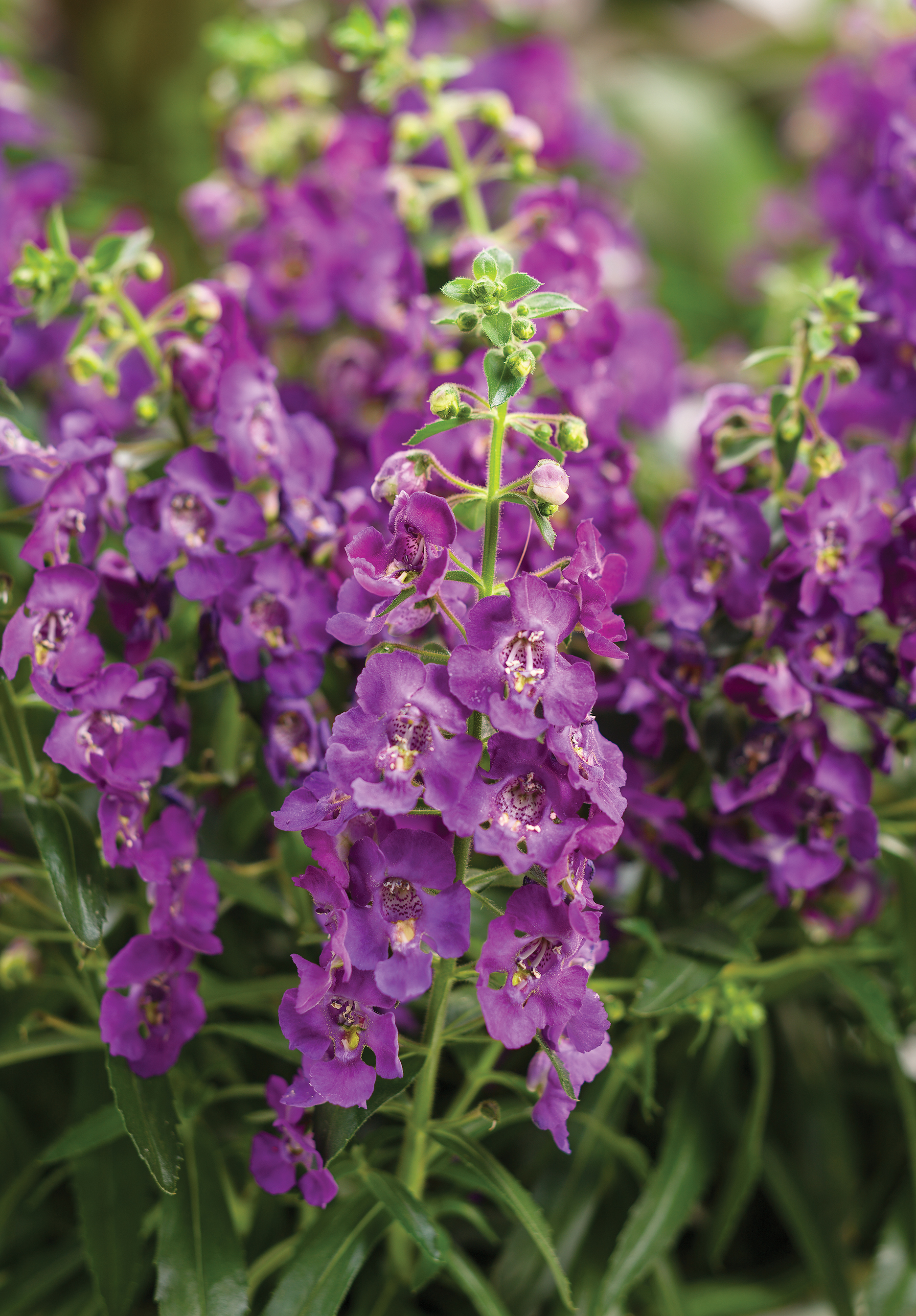
- Angelface snapdragon close-up. The petals are a deep yellow color and the center of the flower is a dark red. The stamen are visible in the center of the flower.
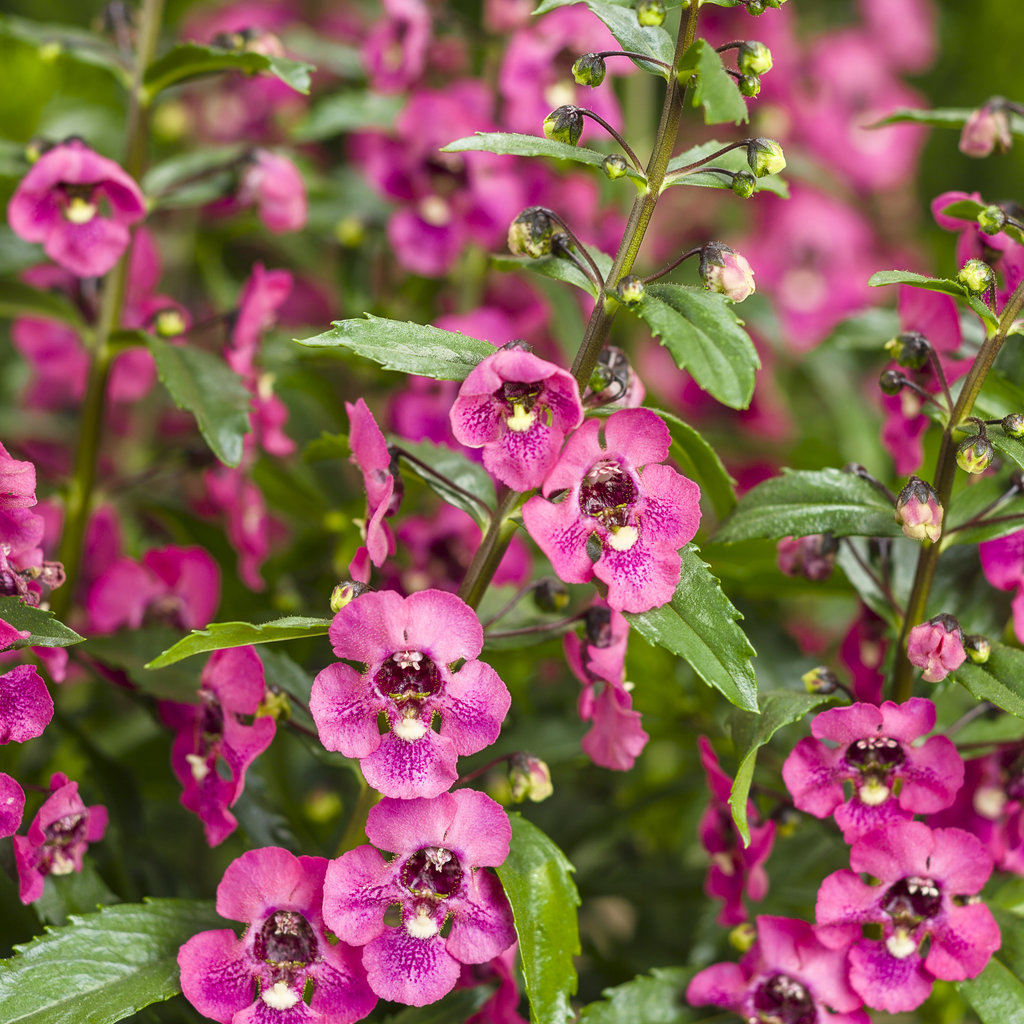
- Angelface snapdragon in a garden. The plant is surrounded by other flowers and greenery. The flowers are a bright yellow color and the plant is in full bloom.
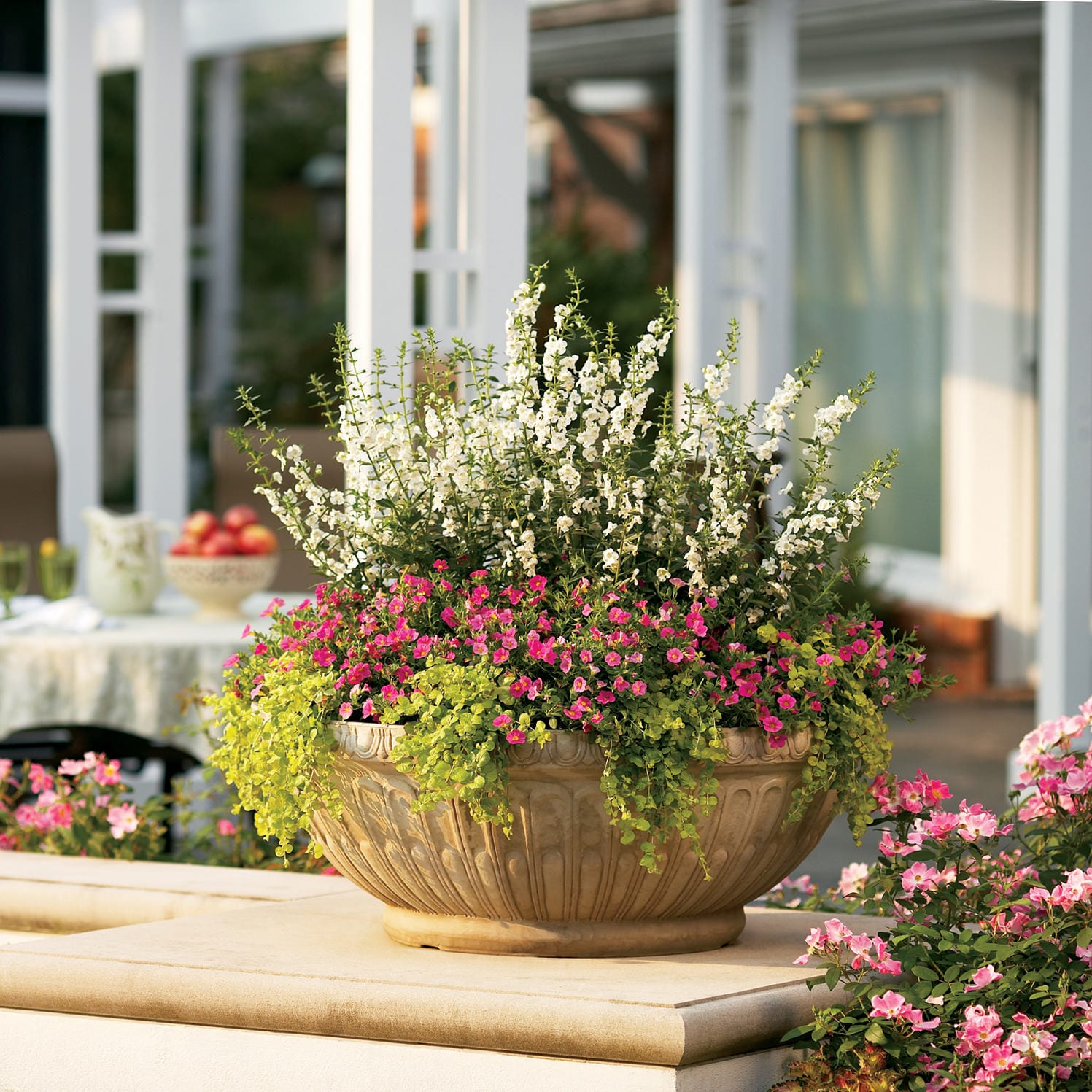
- Angelface snapdragon in a vase. The flowers are arranged in a vase and are surrounded by greenery. The flowers are a bright yellow color and the plant is in full bloom.
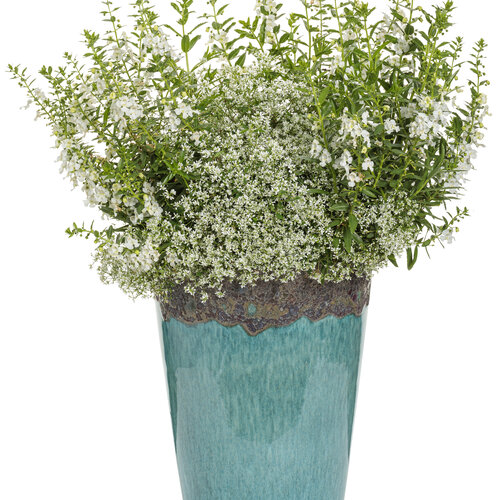
- Angelface snapdragon in a pot. The plant is in a pot and is surrounded by other flowers and greenery. The flowers are a bright yellow color and the plant is in full bloom.

- Angelface snapdragon in a meadow. The plant is surrounded by tall grass and other wildflowers. The flowers are a bright yellow color and the plant is in full bloom.
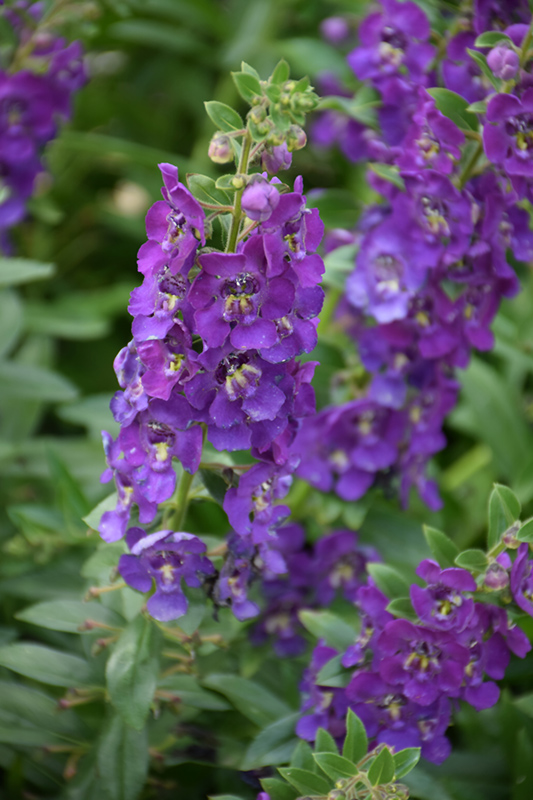
- Angelface snapdragon in a bouquet. The flowers are arranged in a bouquet and are surrounded by greenery. The flowers are a bright yellow color and the plant is in full bloom.

- Angelface snapdragon in a field. The plant is surrounded by other wildflowers and grasses. The flowers are a bright yellow color and the plant is in full bloom.
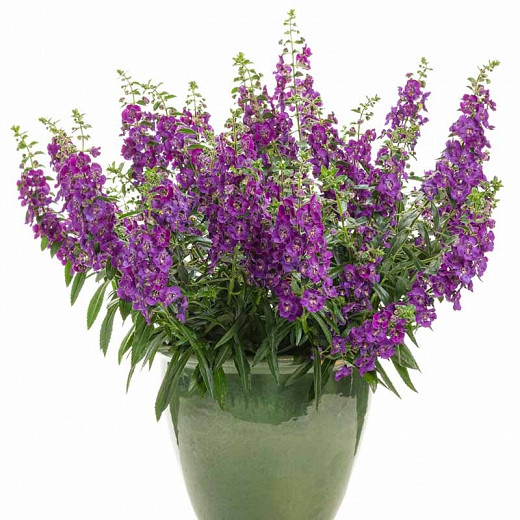
- Angelface snapdragon in a pot on a windowsill. The plant is in a pot and is placed on a windowsill. The flowers are a bright yellow color and the plant is in full bloom.
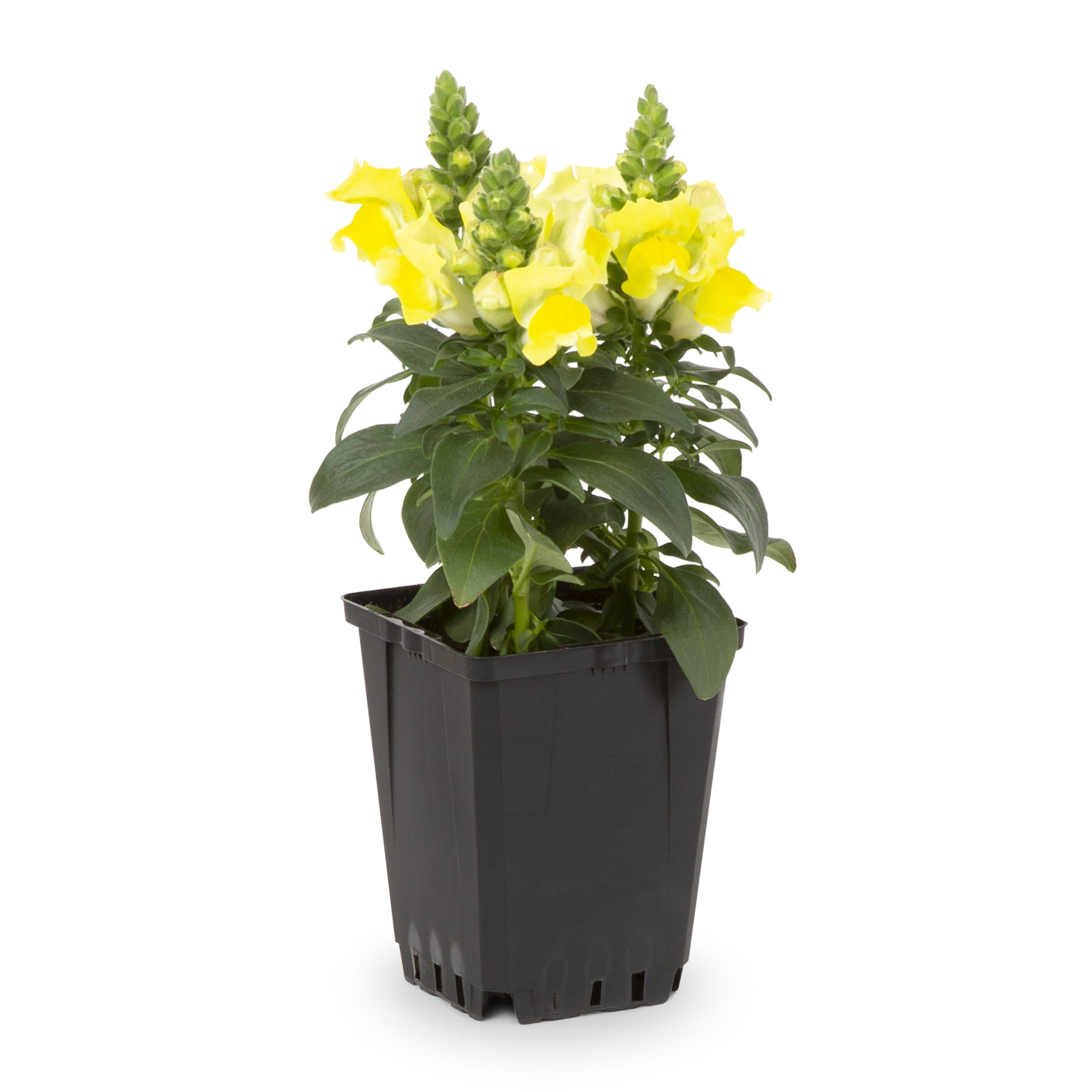
- Angelface snapdragon in a garden with butterflies. The flowers are a bright yellow color and the plant is in full bloom. There are several butterflies flying around the flowers.

Post a Comment for "Angelface Snapdragon: The"